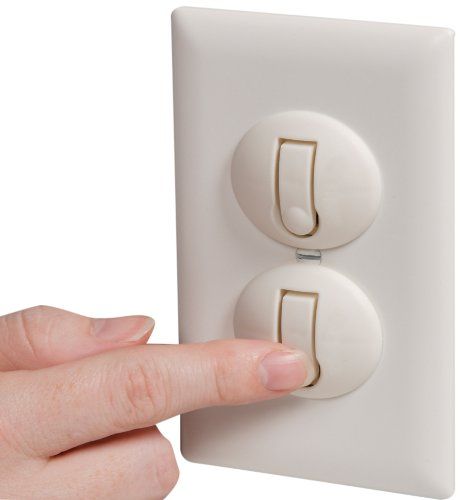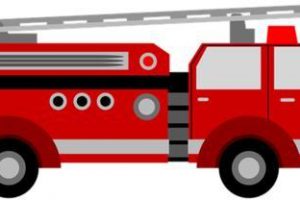Ensuring the safety of your home and loved ones is a fundamental priority for any homeowner. Among the critical components of home safety, smoke alarms and carbon monoxide detectors play an indispensable role in preventing disasters and safeguarding against potential threats. This extensive article aims to delve deeply into the significance of these devices, their functionality, placement, maintenance, and the importance of integrating them into every household.
Understanding the Importance of Smoke Alarms
Smoke alarms are the unsung heroes of home safety, offering early detection of fires and providing vital seconds that can make a significant difference in an emergency. These devices are designed to detect smoke particles in the air and emit a loud, distinct alarm, alerting occupants to the presence of a potential fire. The crucial role of smoke alarms in providing an early warning system cannot be overstated, offering invaluable time for safe evacuation and minimizing potential damage and harm.
Types of Smoke Alarms
Understanding the different types of smoke alarms available is key to ensuring optimal safety. There are primarily two types: ionization smoke alarms and photoelectric smoke alarms. Ionization alarms are more responsive to flaming fires, whereas photoelectric alarms are more effective at detecting smoldering fires. The combination of both types or dual-sensor smoke alarms provides comprehensive coverage, offering the best chance of early detection across various fire types.
The Role of Carbon Monoxide Detectors
Carbon monoxide (CO) is a colorless, odorless, and tasteless gas that can be fatal if undetected. Carbon monoxide detectors are specifically designed to sense the presence of this toxic gas in the air, providing an essential warning before it reaches dangerous levels. Carbon monoxide is produced by the incomplete burning of various fuels, such as wood, gas, oil, and coal. Therefore, having these detectors installed is critical for homes that use these energy sources.
Importance of Placement and Installation
Proper placement and installation of carbon monoxide detectors are vital for their effectiveness. These detectors should be strategically placed near sleeping areas and on every level of the home, including the basement. Understanding the sources of carbon monoxide and their proximity to living spaces is crucial for determining the most effective placement of these detectors.
Integration and Maintenance
The integration of smoke alarms and carbon monoxide detectors into a home safety plan is essential for a comprehensive and interconnected approach to safety. Regular maintenance, testing, and battery replacement are crucial to ensuring their functionality. It’s recommended to test these devices monthly, replace batteries annually, and replace the units themselves every 10 years. Establishing a routine for maintenance is key to keeping these devices in optimal working condition.
Interconnected Systems and Smart Technology
Interconnecting smoke alarms and carbon monoxide detectors ensures that if one alarm detects a threat, all alarms in the home will sound, providing a more robust warning and increasing the chances of a safe evacuation. Moreover, advancements in technology have introduced smart detectors that can send alerts to mobile devices, enabling homeowners to receive notifications even when they are away from home, enhancing overall safety and peace of mind.
Educational Initiatives and Awareness
Educating household members about fire safety and carbon monoxide poisoning is paramount. This includes creating and practicing fire escape plans, teaching family members how to respond to alarms, and educating them on the dangers of carbon monoxide and the importance of swift action upon detection. Community initiatives and educational programs play a significant role in raising awareness about these safety measures.
Government Regulations and Compliance
Many regions have specific regulations regarding the installation of smoke alarms and carbon monoxide detectors in residential properties. It’s essential for homeowners to understand and comply with these regulations, ensuring that their homes meet the necessary safety standards.
Advancements in Safety Technology
Continuous advancements in safety technology have led to the development of more advanced and efficient smoke alarms and carbon monoxide detectors. From wireless interconnected systems to the integration of voice alerts and self-diagnostic capabilities, these innovations continue to enhance the effectiveness of these safety devices, offering an extra layer of protection for households.
Conclusion
Smoke alarms and carbon monoxide detectors are the cornerstone of home safety, offering early detection and warning against potential threats. Understanding their significance, proper placement, regular maintenance, and integration into a comprehensive home safety plan are critical for safeguarding your home and loved ones. These devices serve as the first line of defense, providing crucial time to react and evacuate in the event of a fire or carbon monoxide leak, making them indispensable components in every household’s safety arsenal.











Add Comment